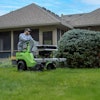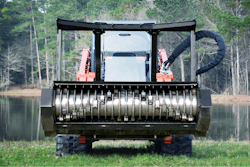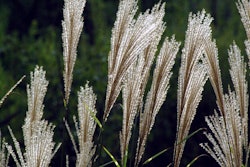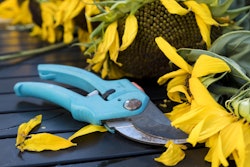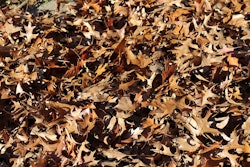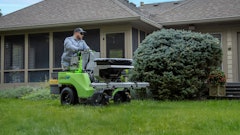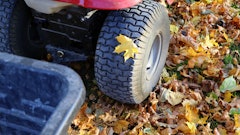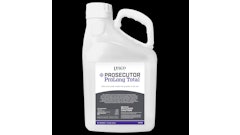
Before you know it, spring will be here, and the best way to get a jump on spring landscape maintenance is to start planning now. Roger May, regional technical manager for TruGreen, provides tips on two important landscape maintenance components: mulching and pruning.
Mulching is a great way to freshen up a landscape. From an aesthetic standpoint, mulching creates a tidy, manicured appearance to a property. A fresh layer of mulch around the landscape is a quick fix many commercial real estate professionals suggest to increase curb appeal in a flash.
Mulch also provides important cultural advantages to a landscape. A proper layer of mulch can reduce weeds, conserve moisture by reducing water loss by evaporation, enhance root growth by cooling the root system in the summertime and extend root growth through the fall, and reduce soil erosion by preventing soil movement.
Can there be too much of a good thing? Absolutely. Mulching two to three inches is adequate to provide aesthetic and cultural benefits to a landscape. Too much mulch around the base of a tree can have serious long-term effects on its health and appear as a “mulch volcano”—a sight that doesn’t boost curb appeal. The excess mulch can create an environment that allows insects and diseases to thrive as well as promoting root growth above ground and into the mulch. If left uncorrected, roots will begin to grow around the trunk and eventually strangle the tree.
Pruning is also an essential maintenance practice for trees and shrubs. The goal is to make trees and shrubs more appealing, healthier and more vigorous. If done correctly, the health and vitality of the entire landscape will benefit.
The most common reason for pruning is to maintain or reduce the size of the plant. Landscapes can quickly become overgrown if not cared for, but yearly pruning will maintain trees and shrubs to an ideal size and shape.
Removing dead or damaged branches from a tree prevents rot organisms from invading the trunk. Damaged or dead limbs are also a liability because they are weaker than live branches—and can break off and cause property damage. Remove diseased branches to prevent the spread of infection. For example, thinning a crabapple by removing crossing branches and water sprouts will reduce leaf diseases by improving air circulation and light penetration.
Determining the best time to prune depends on the type of plant and the desired results. It is important to have knowledge of the plant and identification so the flowers are not pruned before they have a chance to bloom. For example, evergreen shrubs can be pruned in the fall to hold shape during the winter, and then be pruned again in early summer after they have flushed. Spring-blooming trees and shrubs such as lilacs, viburnum, rhododendrons, forsythia, dogwoods, redbud and ornamental cherries should be pruned after bloom in early summer. Summer-blooming shrubs like spirea, shrub roses, and Rose-of-Sharon should be pruned in the spring before they bloom.
The secret to a beautiful and healthy landscape is proper maintenance. Start your spring maintenance with expert tips from TruGreen and enjoy a beautiful and healthy landscape in the spring.

